First performance 5 June 1843 | Written 1843 | |
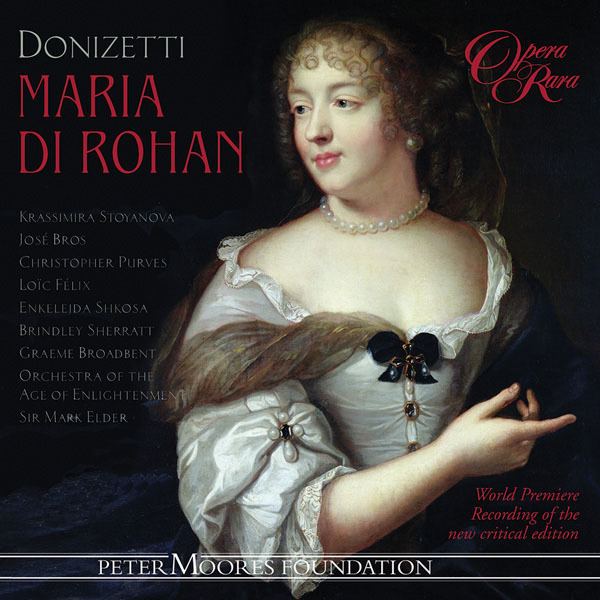 | ||
Similar Maria de Rudenz, Dom Sébastien, Gemma di Vergy, Caterina Cornaro, Linda di Chamounix | ||
Maria di rohan gaetano donizetti 2001
Maria di Rohan is a melodramma tragico, or tragic opera, in three acts by Gaetano Donizetti. The Italian libretto was written by Salvadore Cammarano, after Lockroy and Edmond Badon's Un duel sous le cardinal de Richelieu, which had played in Paris in 1832.
Contents
- Maria di rohan gaetano donizetti 2001
- Maria di rohan gaetano donizetti 1988
- Performance history
- Synopsis
- Act 1
- Act 2
- Act 3
- References
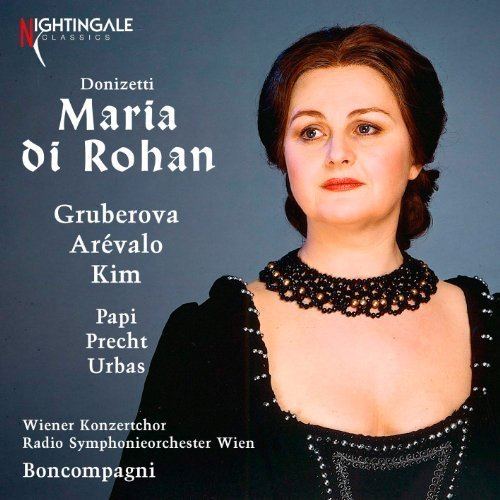
Maria di rohan gaetano donizetti 1988
Performance history
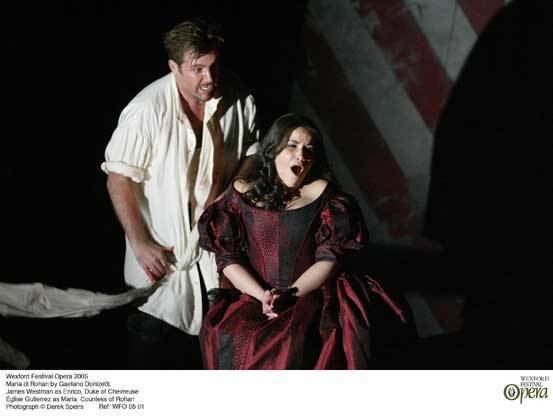
It premiered at the Kärntnertortheater, Vienna on 5 June 1843. In 2011 the work was performed in Berlin by the Berliner Operngruppe under Felix Krieger with Iride Martínez in the title role.
Synopsis
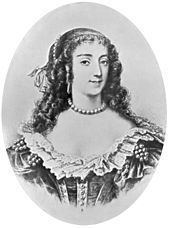
The story of Maria Di Rohan is both simple (the classic love triangle) and complicated. Chalais loves Maria, who has been forced to secretly marry Chevreuse. Chevreuse is in deep trouble, because he has killed a nephew of Richelieu.
Time: c.1630Place: ParisAct 1
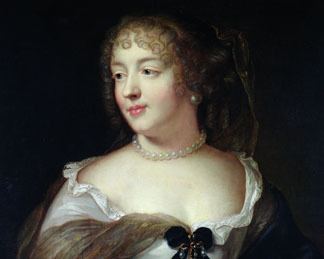
Maria seeks Chalais’ help. Chalais offers it, hoping that Maria will join him, obviously not knowing that she is already married to Chevreuse. Chalais succeeds and Chevreuse is pardoned. Gondi appears on the scene and insults Maria. Chalais challenges him to a duel, and Chevreuse offers to be the second. Richelieu is suddenly ousted from the court, and Chalais is offered his post. Everything looks great for him, but Maria is terribly worried. Richelieu’s demise means that Chevreuse can disclose his marriage without fear. When he points to Maria, Chalais’ world begins to collapse.
Act 2
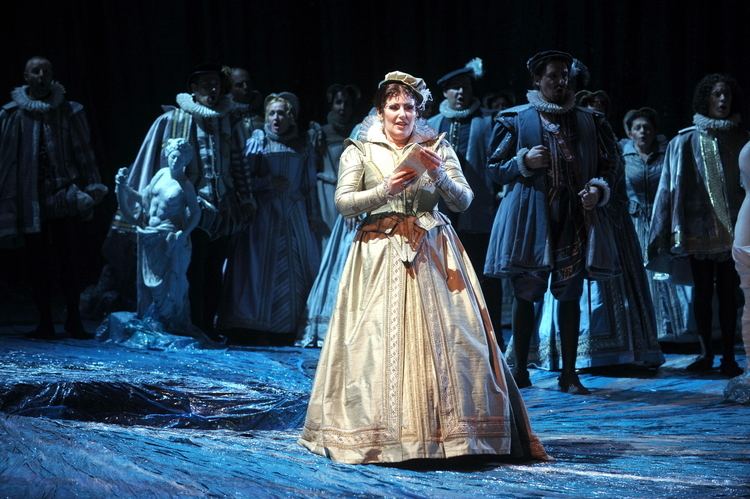
Chalais writes a love letter to Maria and encloses her portrait. Both are hidden in his desk, to be given to Maria should he perish. He’s suddenly visited by Maria who tells him that Richelieu has regained power. She tells Chalais to flee or he will be executed. Chevreuse is heard approaching and Maria hides in an adjoining chamber. Chevreuse tells Chalais that they must leave for the Gondi duel and Chalais says he will follow. Of course he doesn’t follow, but stays to profess his love for Maria and she also admits that she has always and continues to love him. When he finally leaves for the duel, it is too late. Chevreuse has taken his place and is wounded.
Act 3
Chevreuse’s residence
He tells Maria and Chalais that he will arrange to have Chalais escape from the city. Chalais leaves, and again, everything looks good at first, but disaster strikes. Chalais’ letter and Maria’s portrait are discovered by one of the courtiers in Chalais’ desk. Chalais tells Maria about the letters and she says all is lost. Once again she tells him to flee through a secret passage, and he does, but tells her he will return if she does not follow him within an hour. Maria sings her beautiful prayer Havvi un Dio che in sua clemenza.
The courtier gives the letter and portrait to Chevreuse and he is alternatively nostalgic and enraged. He confronts Maria and vows revenge. Suddenly Chalais returns for Maria through the secret passage. In a final trio Maria pleads for Chevreuse to kill her, Chalais says he doesn’t fear death, and Chevreuse thunders that Chalais’ death is imminent. He gives Chalais a dueling pistol and the two race out. A shot is heard. Chevreuse is furious because Chalais has committed suicide. He throws the letter and portrait to the floor before Maria and cries out La vita coll’infamia A te, donna infidel / "Life with infamy to you, faithless woman".
Note: Donizetti wrote a culminating cabaletta for Maria, but crossed it out, preferring to end the opera in a distinctly non-bel canto, but highly dramatic manner
